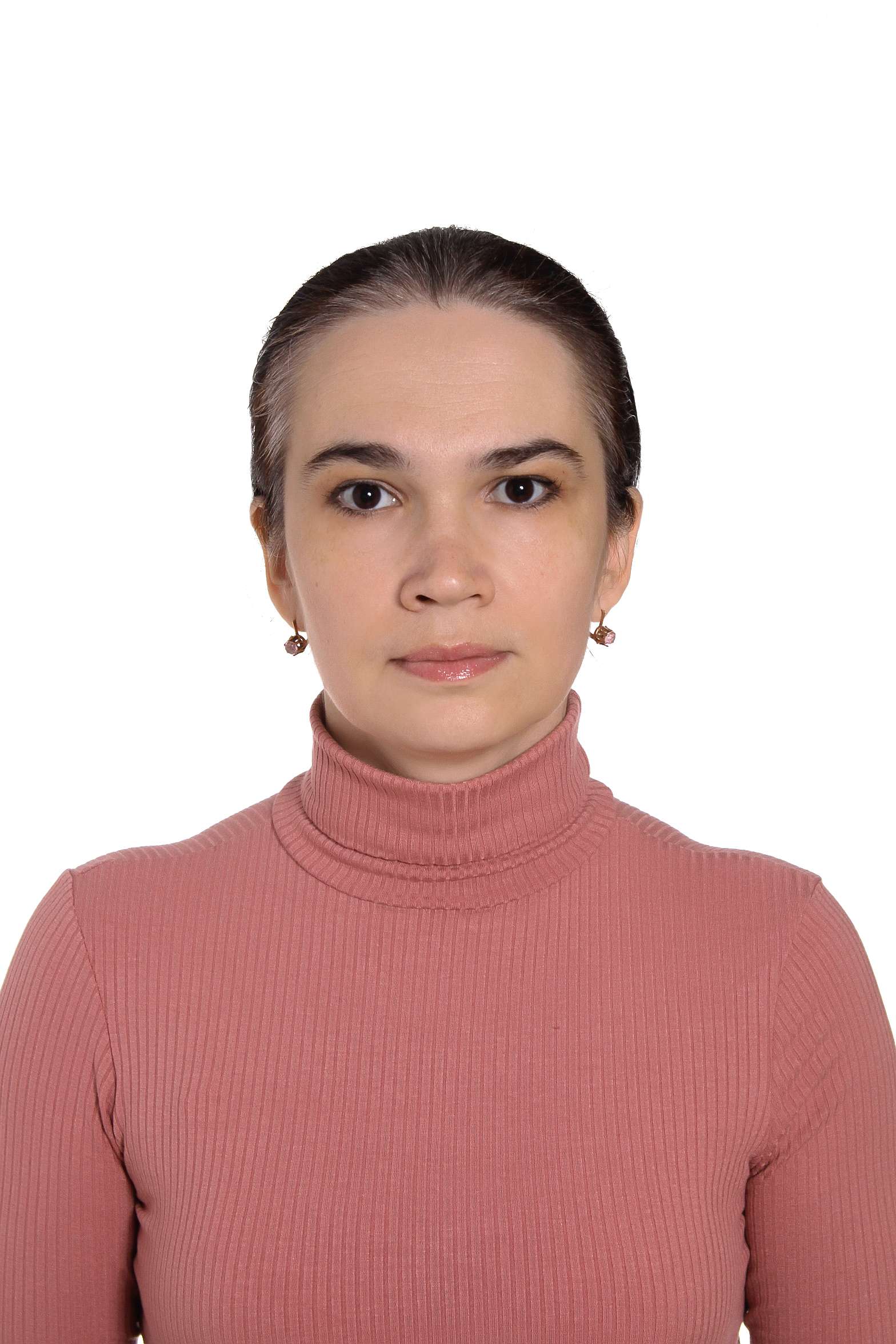Computer experiments play an increasingly significant role in science today. The advent of high-performance computing has enabled virtual experimentation in silico as a tool which allows for interpolation between laboratory experiments and theory. An integrated approach using both experimental and molecular modeling methods is the most promising for studying the structure and dynamics of bioactive molecules and pharmaceuticals. For this purpose, first of all it necessary to represent molecules in a syntax that would be readable by computers and understandable by scientists of various fields. A large number of chemical representations have been developed over the years, their numerosity being due to the fast development of computers and the complexity of producing a representation that encompasses all structural and chemical characteristics. The main goal of this project is to gain skills in handling structural information at various levels for further research of the structure, dynamics and properties of bioactive compounds.
Tasks
• Basic understanding of the scientific tasks in computational experiments in the field of studying the structure, dynamics and properties of bioactive compounds.
• Basic understanding of the different levels of representation of organic compounds structure.
• Basic principles of working with available databases of structural information.
• Investigating of structure and properties of selected compounds using molecular modelling methods.
• Preparing a final report.
Preliminary schedule by topics/tasks
• Introductory notes in structure representation on 1D, 2D and 3D level.
• Data treatment and software used in molecular modelling.
• Examples of quantum chemical calculations.
• Processing of results and preparation of final report
The working schedule and tasks will be adapted to the scientific interest and progress of the participating students.
Required skills
• Scientific background in physics/organic chemistry.
• Basic computer skills.
• A personal computer for installation of scientific software (free of use, links will be provided in the course time).
Acquired skills and experience
• Structural information retrieval skills.
• Generation of 3D models of organic compounds.
• Optimization of molecular geometry and study of the properties of organic compounds using quantum chemical methods.
• Experience in the preparation of scientific work reports.
Recommended literature
1. Aminpour M., Montemagno C., & Tuszynski J.A. An Overview of Molecular Modeling for Drug Discovery with Specific Illustrative Examples of Applications. Molecules (Basel, Switzerland) – 2019 – Vol. 24, Iss. 9. – P. 1693. https://doi.org/10.3390/molecules24091693
2. Gaikwad V.J. Application of chemoinformatics for innovative drug discovery. Int. J. Chem. Sci. Appl. – 2010. – Vol 1, Iss. 1. – Р. 16-24.
3. Höltje H-D., Sippl W., Rognan D., Folkers G. Molecular Modeling: Basic Principles and Applications, 2008, Wiley-VCH, ISBN: 978-3527315680
4. Alan Hinchliffe. Molecular Modelling for Beginners, 2nd Edition, 2003, John Wiley & Sons Ltd, ISBN: 978-0-470-51314-9



